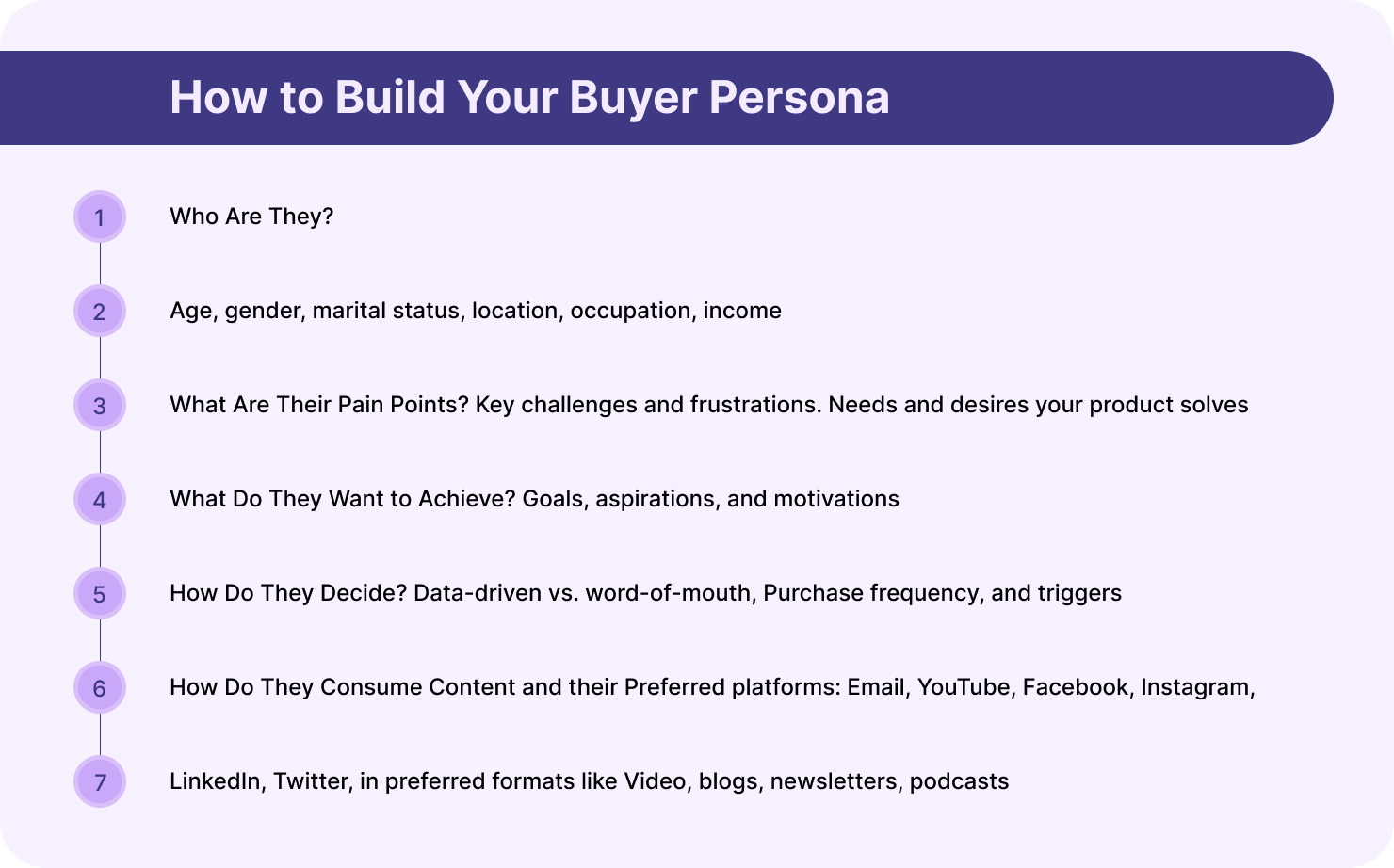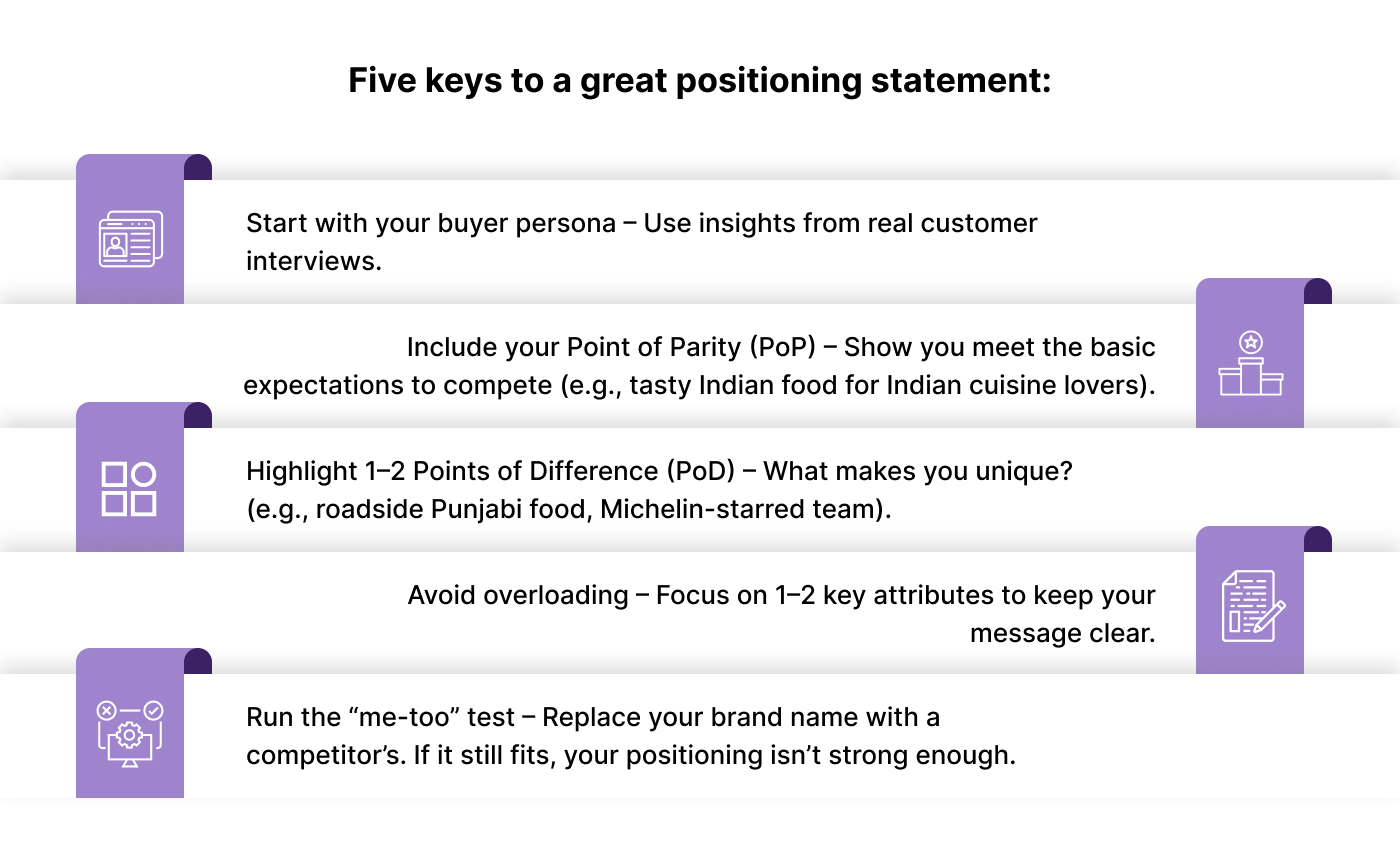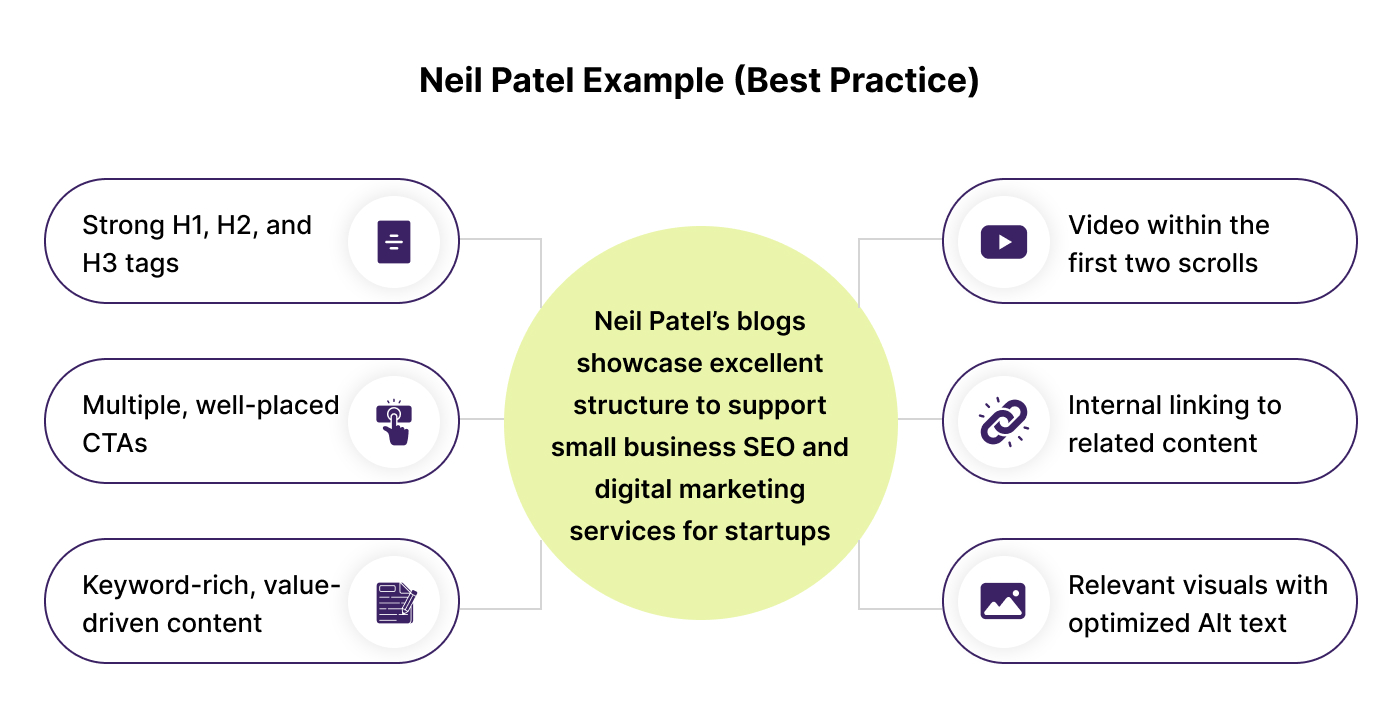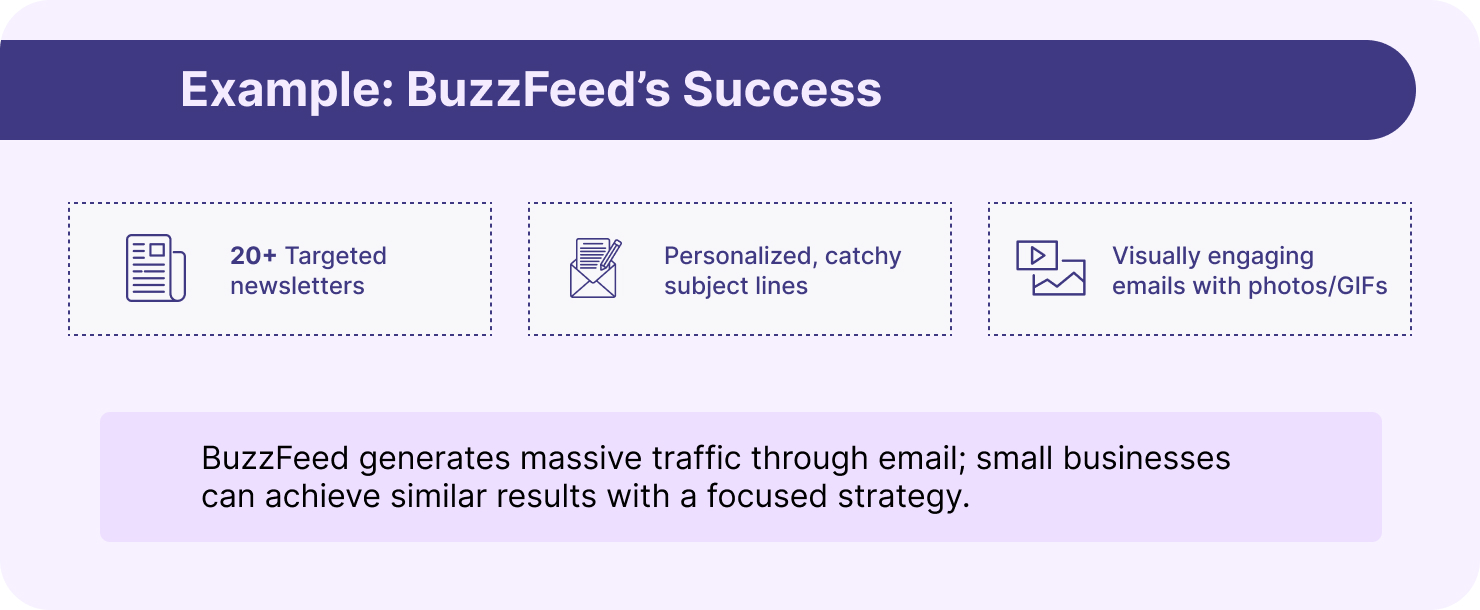Build a powerful marketing engine for your startup or small business!
Talk to Our Experts NOW!Talk to Our Experts NOW!Introduction: Digital Marketing Services for Startups and Small Businesses


“Americans spend around 23 hours per week online” - Business News Daily."
With consumers spending such a huge chunk of their time online, it is extremely important for us to understand the benefits of digital marketing for small businesses.
However, most small business owners neither have the skills to organically drive traffic to their website nor do they have the budget to hire a digital marketing agency that specializes in digital marketing for small businesses.
Additionally, small businesses are often cash-strapped and looking for creative ways to climb out of this hole. While digital marketing for small businesses offers powerful growth opportunities , the internet is littered with fragmented, non-actionable content. Most small business owners don’t know where to start, how far to go, or how to turn these scattered resources into a clear, results-driven digital marketing action plan.
As a small business owner, you are aware that digital marketing for small businesses can help increase traffic to your business. However, most of you struggle with “how to get there with small money”.
As daunting as it sounds, getting there is a fairly systematic process. If followed consistently, your business can start seeing positive results within 12 to 24 weeks.
7 key steps to build an effective online strategy for affordable digital marketing for services for startups and small businesses

Importance of creating a buyer persona in digital marketing services for startups


42% of small businesses fail since nobody wants their product or service.

To avoid this fate, it is important for you to deeply understand who your buyer is, what their pain points are, and their willingness and ability to pay for your products.
Creating a buyer persona is a powerful first step to understanding your ideal customer. This also helps in creating affordable digital marketing services for startups and small businesses.

Here is an example of a buyer persona you can use as an inspiration to build your own.
As a small business owner, you might be wondering, “How do I make this fictional persona realistic?” Wouldn't relying on guesswork increase the risk of failure, especially when investing in digital marketing services for startups and small businesses?
To avoid that risk, the fastest and most effective way to gain real insights about your audience is through 1-on-1 interviews with prospective (or existing) customers. By speaking with 20 to 30 potential buyers, you'll uncover common challenges, needs, desires, and behavioral traits—essential for creating a buyer persona that informs a high-impact digital marketing strategy.
If you have never interviewed prospects and customers and would like to do this in an effective manner, you can quickly learn with StartupWind's free, video-based course on the Entrepreneur's Guide to Effective Customer Interviews.
You can also learn more about market research with StartupWind's free, video-based course on Best Practices for Market Research and learn about validating your market using StartupWind's Ideation and Customer Discovery framework.
Do you want to know what else can be done under Digital Marketing Services for Startups?
Importance of Segmentation and targeting in digital marketing services for startups


“If you serve everyone, you serve no one” – Sarah Pearson Wood

“Spray and pray” marketing without proper segmentation and targeting will simply waste your time and money.
So, how can you identify which customers—or group of consumers—are the best targets for your business?
Start by building a buyer persona. Once you've developed this persona and conducted market research through 20 to 30 customer interviews, you'll have a solid understanding of the common challenges, needs, wants, and demographics of your ideal customers. This insight will help define customer segments more precisely and make digital marketing services for startups far more effective and targeted.
Questions to Ask When Defining Your Target Customer Segment:
- Who has the biggest pain points?
- What are those pain points?
- What common attributes do these buyers share? (Demographics, needs, challenges)
- Who benefits most from your product? Why?
- What alternatives are they using now?
- How are you different from those alternatives?
- Is your differentiation defensible, or easy to copy?
- Can you create a more sustainable edge, like a patent, process, or recipe?
- Can these buyers pay? How much?
- How big is this segment? Is it big enough to build a viable business?
- Can you reach them? Through which channels?
- Is this segment profitable?

You’ll clearly know:
- Their biggest pain points
- What they value most in your product
- How they consume content (e.g., social media, blogs, video)
- How do they make purchasing decisions?
Armed with this insight, you can start creating the right kind of content—blogs, videos, emails, and social media posts—tailored to each stage of your customer’s journey: awareness, engagement, and action.
This targeted approach, combined with affordable digital marketing services for startups, helps you reach the right audience, generate quality leads, and grow efficiently, without wasting time or budget.
Apple’s Customer Segmentation Strategy
Why do Apple products gain instant traction? That is because Apple targets specific, high-value segments:
High-Income Consumers - Paying for quality & innovation and expecting premium experiences
Aspirers - Seeking a high lifestyle & status and aspiring to own elite products
Small Business Tip:
Define your customer segments clearly. Like Apple, you can craft focused marketing and drive growth with affordable digital marketing services for startups and small businesses.
Importance of positioning & messaging in digital marketing services for startups


“There are only two ways to compete. You can either be cheap or be different” -Michael Porter, Professor at Harvard Business School.

Effective positioning and clear messaging are the backbone of successful and affordable digital marketing services for startups. They help define what sets your brand apart and communicate that value to the right audience—clearly, consistently, and compellingly.
A positioning statement describes your product and the benefits it uniquely to your target market.
Once you know your target customer segment, creating content, creating videos, and selecting where to promote those start becoming easier.
You know the biggest pinpoint for your segment. You know what they value the most in your product. You also know what is unique about your product against the competitors. You know how and where they consume content. You also know how they make decisions.
This gives you all the ingredients to create a compelling and differentiated message for your content.
Here is the template to create your positioning statement:
For (your target customer segment)
(Your company) is the (category in which you are unique)
Which provides (main benefits you offer)
Unlike (your competition)
(Your company) provides (your differentiators)
Example of a Good Positioning Statement:
For foodies in New York City, Veeray Da Dhaaba is an Indian restaurant that provides mouthwatering roadside Punjabi food. Unlike most Indian restaurants in NYC, Veeray Da Dhaaba provides delicious food by a Michelin-starred team at an affordable price.
If your positioning and messaging sound similar to any of your competitors, then it's a “me-too” positioning.
Me-too positioning generally leaves you no choice but to compete on the basis of price. There are no winners in price wars. The only thing that is certain about a price war is that you and your competitors will destroy the profitability of your businesses.
In digital marketing services for startups and small businesses, strong positioning helps you stand out without racing to the bottom.

Example of a Bad Positioning Statement:
“ABC Applications leverages industry standards and technologies to transform organizations into next-generation enterprises.”
If your positioning doesn’t clearly show who your target is, what you offer, and how you’re different, it won’t work. Fluffy words without substance confuse more than they clarify.
Keep it simple. Follow a clear framework for your positioning statement. Avoid using vague, big words that add no real meaning.
Once you get it right, ensure your blogs, videos, and all digital marketing services for small businesses stay consistent with that positioning.
Build a powerful marketing engine for your startup or small business!
Importance of Content Marketing in digital marketing services for startups

“Don't focus on having a great blog. Focus on producing a blog that's great for your readers.” –Brian Clark, creator of the most influential content marketing blog.

Blogging is one of the most inexpensive and effective ways to drive organic traffic to your small business website—and a core part of digital marketing services for startups.
7 Reasons Why Blogging Boosts Organic Traffic for Small Businesses
- Improves your small business SEO: Blogging is a key part of affordable digital marketing services for startups. It helps your website rank higher on Google by targeting relevant keywords your customers search for.
- Drives Quality Leads: Strategically written blogs attract visitors who are already interested in what you offer, making them more likely to become customers.
- Builds Trust: Informative blog content establishes your credibility and positions your small business as an expert, which is central to effective and affordable digital marketing services.
- Engages Customers: Blogs keep your audience interested and engaged, encouraging them to return for more value and updates about your products or services.
- Supports the Buyer Journey: Blog posts help guide potential buyers from awareness to engagement and finally to taking action, such as signing up, making a purchase, or contacting you.
- Cost-Effective Marketing: Compared to paid ads, blogging is one of the most affordable digital marketing services for startups, offering long-term results without breaking the bank.
- Builds Authority: Regular, high-quality blog content helps your small business become a recognized voice in your niche, one of the goals of expert digital marketing services.
Consistently publishing weekly blogs on topics relevant to your small business helps build authority, boost Google rankings, and increase traffic. Over time, more people will discover, engage with, and buy from your business.
So, what's stopping us from getting started? You can learn more about how to get started with your blogging strategy and execution in a systematic manner by reading our /blogging-strategy-for-small-businesses.html.
In urgent care marketing, blogging plays a crucial role. To know more, you can check this: /urgent-care-marketing.html
Search engine optimization for small businesses: Your small business SEO

“Google only loves you when everyone else loves you first.” – Wendy Piersall.

An SEO-optimized web page for small businesses is one that’s structured to help search engines easily find, crawl, and understand its content. This is a key part of affordable digital marketing services for startups, as it directly impacts your visibility online. First, ensure your page has a clear structure using proper heading tags (H1, H2, H3) so both users and search engines can easily follow the content. Second, use keyword-rich content—naturally including phrases like "digital marketing services for startups"—to signal the relevance of your page. Finally, make sure your website is mobile-friendly and loads quickly, as these are critical factors that influence both user experience and search rankings.
Here is what you need for this.
- High-quality content
To build authority and drive results through digital marketing services for startups and small businesses, your content must be focused, original, and actionable. Start by solving a specific problem your readers face, offering step-by-step guidance they can apply immediately. Actionable content builds trust and positions your brand as an expert, key to effective small business SEO.
Your content should naturally incorporate target and long-tail keywords to improve discoverability. For example, a blog titled “10 Benefits of Using Turmeric in Cooking” should dive into those benefits and offer practical ways to use turmeric, like a quick turmeric latte recipe, so readers can take action right away.
To enhance credibility, include relevant citations and link to authoritative sources. If those sites link back to you, it strengthens your small business SEO and domain authority. Most importantly, always create original content. Copying from others—even with minor edits—can damage your rankings and reputation. High-quality, unique content is the cornerstone of successful and affordable digital marketing services for small businesses and startups.
- High frequency, fresh content
Even the best blog won’t deliver results if it’s not published consistently. For affordable digital marketing services for startups and small businesses to be effective, you need to post high-quality, small business SEO-friendly content regularly, ideally once a week.
Say you want to improve the reach of your Medical practice. You can check the steps under SEO for a medical practice.
Consistent publishing signals to search engine crawlers that your website is active and reliable. Over 4–5 weeks, posting on the same day builds momentum and authority, improving your chances of ranking higher in search results. Search engines prioritize fresh, valuable content, so staying consistent is essential to driving traffic and long-term growth.
A Small Business SEO-Friendly Blog Structure

Creating an SEO-optimized blog is crucial to boosting your online visibility and supporting affordable digital marketing services for small businesses.
Here’s how:
- Include your target keyword (e.g., SEO for small businesses)
- Use only one H1 tag per blog
- Use H2 for main sections and H3 for key points
- Helps both readers and search engines navigate your content
- Use bullet points for readability and SEO clarity
- Keep paragraphs short (2–3 lines)
- Bold key terms to draw attention
- Summarize your blog in 1–2 sentences
- Include long-tail and primary keywords
- Clearly state the reader benefit
- Focus on 1–2 primary keywords per blog
- Maintain 1–2% keyword density
- Use keyword variations to avoid stuffing
- Add CTAs near the top, middle, and end
- Use natural anchor text (not “Click here”)
- Tie CTAs to your blog topic or offer (e.g., eBook download)
- Break up text with rich media to reduce bounce rate
- Use Alt text with keywords for SEO and accessibility
- Helpful for visual learners and voice search optimization
- Briefly describe each image using primary keywords
- Boosts SEO for small businesses and improves user experience
H1 Title Tag
H2 & H3 Subheadings
Bullets, White Space & Formatting
Meta Description
Keyword Use & Density
Clear, Relevant CTAs
Visuals (Images, Videos, Banners)
Alt Text Optimization

If your blog solves a real customer problem and follows this small business SEO structure consistently for 6+ months, you'll start seeing real growth in traffic, without overspending on ads.
For more, check out: Small Business SEO: 7 Steps to Drive Organic Traffic.
Importance of email marketing for small businesses

Why Email Marketing Still Works for Small Businesses?
Email marketing remains one of the most effective channels for digital marketing services for small businesses. With over 90% of Americans over 15 using email and average open rates above 18%, it outperforms social media platforms where engagement can drop below 1%.
3 Steps to Craft High-Performing Email Content
-
Subject line: Your subject line determines whether the email gets opened. Keep it short, relevant, benefit-driven, and emotionally compelling. Use EMV (Emotional Marketing Value) tools to aim for a score above 30.
-
Email Body Focus on solving the reader’s problem:
- What are you offering?
- Why should they care?
- How does it benefit them?
- Include testimonials or proof
- Use a mix of text, images, infographics, or videos to keep content engaging and variable.
-
Clear Call to Action (CTA) Prompt action with buttons or links to:
- Download an eBook
- Subscribe to a newsletter
- Book a consultation
- Purchase a product
- Avoid vague CTAs like “Click here”—tie the link naturally into the content.
If you have a small business like a coffee shop, please check how we can help you reach more prospects.
Ideal Email Frequency for success in digital marketing services for startups and small businesses
- Start with bi-weekly emails if your brand is new
- Move to weekly emails as your audience becomes familiar
- Avoid sending more than 2 emails per week to reduce opt-outs
How to Measure Campaign Success
Track these key metrics via tools like Mailchimp or HubSpot:
- Open Rate (10–25%) – Driven by subject line effectiveness
- Click-Through Rate (2–5%) – Reflects how engaging your content is
- Conversion Rate (avg. 1.2%) – Indicates how compelling your offer/landing page is
If open rates are high but conversions are low, revise your landing page or offer.
Launching with Low Cost: Email marketing is a cost-effective solution for startups and small businesses. Tools like Mailchimp or HubSpot offer free plans for up to 2,000 contacts, with paid plans starting around $300/month for 10,000+ contacts.

Partnering with a digital marketing agency for small businesses can help you plan and execute these campaigns effectively. A well-structured email, sent at the right frequency with the right message, can be a powerful part of your digital marketing services for small businesses.
To learn more, you can join one of our webinars.
Social Media Marketing for Small Businesses: How to Get It Right

With people spending over 2 hours daily on social platforms, social media marketing for small businesses is no longer optional, it's a critical growth lever. Just like DKNY’s PR Girl on Twitter back in 2014, small businesses can build a powerful brand presence and drive website traffic using the right strategy.
5 Keys to Effective Social Media Marketing
- Choose the Right Platform Match your platform to your audience:
- Facebook: 50+ age group, image/video-driven content
- Instagram: Millennials, visual storytelling
- Twitter: News, politics, education (text-driven)
- LinkedIn: B2B, professional services
- Yelp: Reviews for local businesses
- YouTube: Great for product demos, tutorials
- Deliver High-Quality, Value-Driven Content Your content should educate, entertain, or solve a problem. You don’t need to start from scratch; repurpose blogs, infographics, videos, or webinar snippets.
- Go Where Your Customers AreJoin niche groups on LinkedIn or Facebook (e.g., “Lean Manufacturing” for B2B). Share your content there to expand reach without paid ads. Use relevant hashtags like #SmallBusiness #SMBdigitalmarketing #Entrepreneur to increase discoverability.
- Customize Content by Platform Tailor posts to each platform:
- Instagram: Visual and concise
- LinkedIn: Professional and informative
- Twitter: Short, punchy updatesWhat works on one won’t perform well on another. Study high-performing posts in your industry for inspiration.
- Maintain a Consistent Weekly Cadence Post several times a week with diverse content:
- Customer stories
- Product updates
- Blogs or videos
- Event announcements
- Consistency builds brand recall and grows your follower base over time.
Repurpose, Don’t Reinvent
- Sub-topic posts
- Infographics
- Slide decks
- Social snippets
- Email campaigns
- WebinarsYou can also republish blogs as LinkedIn or Medium articles to reach new audiences.
Maximize ROI on existing content. Turn one pillar blog into:
Why It Matters
Social media complements your email and web efforts. In early stages, when your email list is small, social platforms extend your reach and drive traffic to your site. Used strategically, social media marketing for small businesses enhances your brand visibility and feeds your email subscriber pipeline.
Need help? A digital marketing agency for small businesses can help you choose the right platforms, create content, and run consistent campaigns that deliver real results.
Social media marketing also plays an effective role in marketing for manufacturers. Looking for similar solutions? Check here: /marketing-for-manufacturers.html
Conclusion

This blog, A Complete Guide to Digital Marketing Services for Startups and Small Businesses, equips you with the tools and strategies to build a powerful digital marketing strategy for small businesses on your own.
No need to spend tens of thousands on digital marketing agencies for small businesses that may not deliver results. With this step-by-step guide, you can take control and start executing a cost-effective, high-impact strategy.
By focusing on your customers, creating content that solves real problems, aligning every message with your brand, and repurposing content across platforms—week after week—you’ll begin to see measurable traction in just 12 to 24 weeks.
Whether you're a startup or a growing business, these proven tactics and digital marketing services for small businesses will help you grow smarter, not just harder.
Grow from getting zero to qualified leads, get digital marketing services for small businesses with MarketEngine! Talk to our expert now!
Take Charge, Drive organic traffic to website and grow your small business!
Download FREE eBook: A definitive guide to digital marketing for small businesses and startups!







